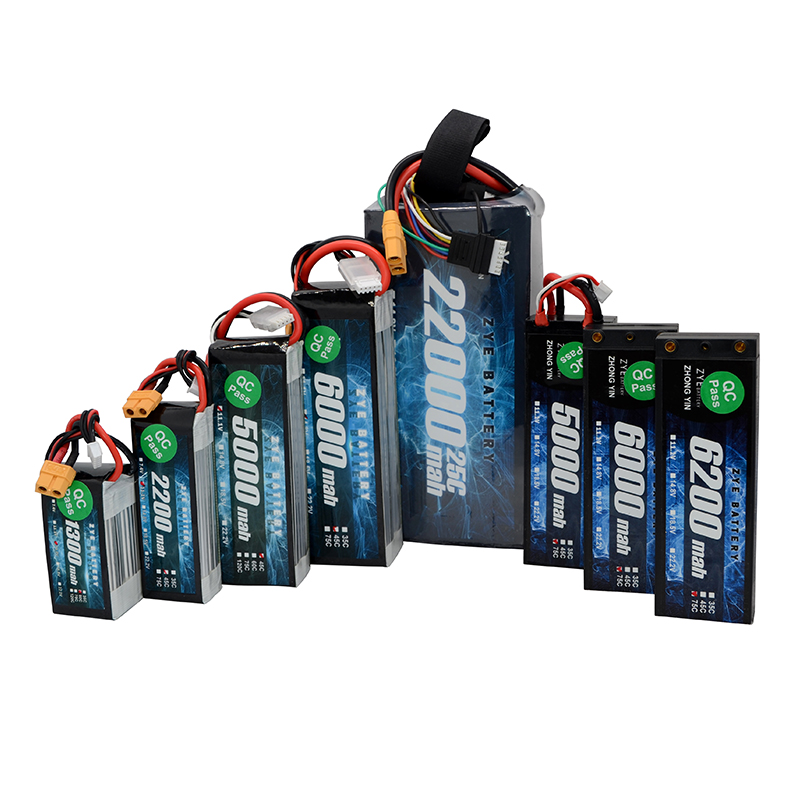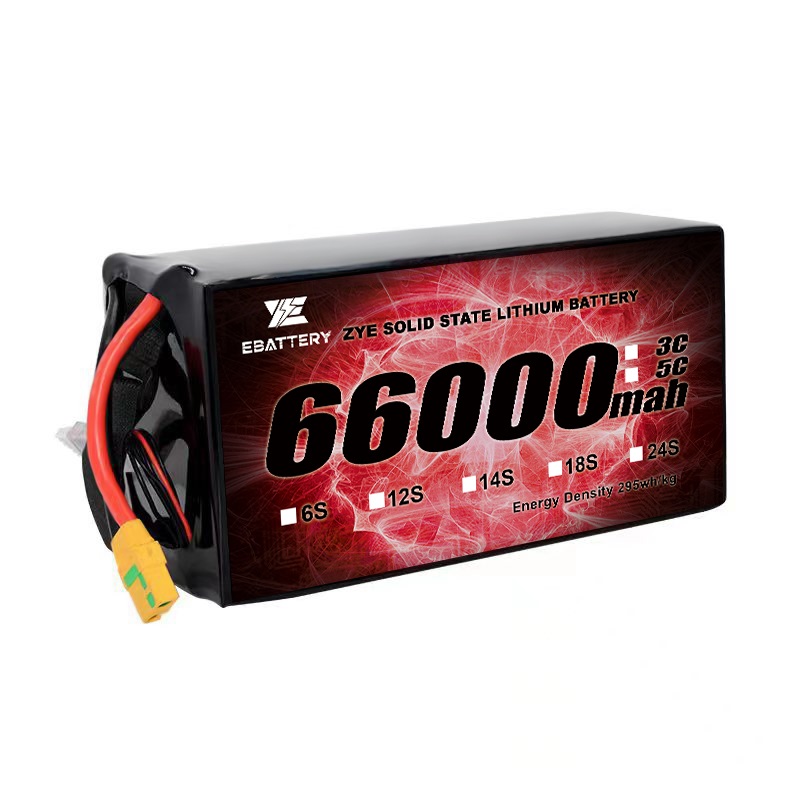How to keep drone batteries warm?
2025-03-26
Drones have revolutionized various industries, from aerial photography to package delivery. However, one challenge that drone operators face is maintaining optimal battery performance in cold weather conditions. In this comprehensive guide, we'll explore the risks of flying drones in cold weather, discuss how insulating materials can help maintain battery warmth, and identify the ideal temperature range for uav battery performance.
What are the risks of flying drones in cold weather?
Flying drones in cold weather presents several challenges that can affect both the aircraft's performance and the longevity of its battery. Understanding these risks is crucial for safe and efficient drone operation in low-temperature environments.
Reduced battery capacity is one of the primary concerns when operating drones in cold weather. Lithium-polymer (LiPo) batteries, commonly used in drones, experience a significant decrease in performance as temperatures drop. This reduction in capacity can lead to shorter flight times and unexpected power loss mid-flight.
Another risk associated with cold weather drone operations is the potential for condensation to form inside the drone's electronic components. As the drone moves between warm and cold environments, moisture can accumulate, potentially leading to short circuits or other electrical malfunctions.
Cold temperatures can also affect the drone's mechanical components. Lubricants may thicken, causing increased friction in moving parts such as motors and gimbals. This added resistance can result in reduced efficiency and potential damage to the drone's hardware.
Moreover, flying in cold conditions can impact the drone's sensors and cameras. Frost or fog can form on lenses, compromising image quality and potentially interfering with obstacle avoidance systems. This can be particularly problematic for applications that rely on clear, high-quality visual data.
How can insulating materials help maintain battery warmth?
Insulating materials play a crucial role in maintaining uav battery warmth during cold weather operations. By implementing effective insulation strategies, drone operators can significantly extend flight times and protect their batteries from the detrimental effects of low temperatures.
One popular insulation method involves using neoprene battery wraps. These wraps act as a barrier between the battery and the cold air, helping to retain heat generated during the battery's discharge cycle. Neoprene is particularly effective due to its excellent thermal insulation properties and flexibility, allowing it to conform closely to the battery's shape.
Another innovative approach to battery insulation is the use of phase change materials (PCMs). These substances absorb and release thermal energy as they change from solid to liquid and vice versa. When incorporated into battery casings or wraps, PCMs can help maintain a consistent temperature around the battery, even as external temperatures fluctuate.
Some drone operators opt for custom-built battery compartments lined with insulating materials such as foam or aerogel. These compartments can be designed to fit specific drone models and battery sizes, providing a tailored solution for temperature management. Additionally, some advanced designs incorporate small heating elements powered by the drone's main battery to actively warm the compartment.
For extreme cold conditions, chemical hand warmers can be an effective temporary solution. These disposable packets generate heat through an exothermic reaction and can be strategically placed around the battery to provide localized warmth. However, care must be taken to ensure that the warmers do not come into direct contact with the battery, as excessive heat can be just as damaging as cold.
Implementing a combination of these insulation techniques can significantly improve battery performance in cold weather. However, it's important to note that while insulation helps maintain battery temperature, it does not generate heat. Pre-warming batteries before flight and storing them in a warm environment when not in use are still essential practices for cold weather drone operations.

What temperature range is ideal for drone battery performance?
Understanding the optimal temperature range for drone battery performance is crucial for maximizing flight time and ensuring the longevity of your uav battery. While specific ranges may vary slightly depending on the battery manufacturer and chemistry, there are general guidelines that apply to most lithium-polymer batteries used in drones.
The ideal operating temperature range for most drone batteries falls between 20°C to 40°C (68°F to 104°F). Within this range, batteries tend to deliver their best performance in terms of capacity, discharge rate, and overall efficiency. At these temperatures, the chemical reactions within the battery occur at an optimal rate, allowing for smooth power delivery and maximum flight time.
However, it's important to note that many drones can still operate outside of this ideal range, albeit with reduced performance. Most uav battery manufacturers specify a wider operating temperature range, typically from -10°C to 50°C (14°F to 122°F). While the drone may function within these extremes, operators should expect diminished battery performance and take appropriate precautions.
As temperatures drop below 20°C (68°F), battery performance begins to degrade. At 0°C (32°F), many drone batteries may only deliver 70-80% of their rated capacity. This reduction becomes even more pronounced at subzero temperatures, with some batteries providing less than 50% of their normal capacity at -20°C (-4°F).
On the other end of the spectrum, high temperatures can also negatively impact battery performance and safety. While warmer temperatures initially increase battery efficiency, sustained operation above 40°C (104°F) can lead to accelerated degradation of the battery's internal components. Extreme heat can cause thermal runaway, potentially resulting in battery swelling or, in rare cases, fire.
To maintain optimal battery performance, drone operators should strive to keep their batteries within the ideal temperature range before and during flight. This may involve pre-warming batteries in cold conditions or cooling them in hot environments. Some advanced drone models feature built-in battery heating systems that activate automatically when temperatures drop below a certain threshold.
It's worth noting that storage temperatures for drone batteries differ from operational temperatures. When not in use, lithium-polymer batteries should ideally be stored at temperatures between 5°C to 25°C (41°F to 77°F). Long-term storage at higher temperatures can accelerate the battery's aging process, while extremely low temperatures can potentially damage the battery's internal structure.
By understanding and respecting the ideal temperature range for drone battery performance, operators can ensure safer flights, longer battery life, and more consistent drone performance across various environmental conditions.
Conclusion
Maintaining optimal battery temperature is crucial for safe and efficient drone operations, especially in challenging weather conditions. By understanding the risks associated with cold weather flying, implementing effective insulation techniques, and respecting the ideal temperature range for uav battery performance, drone operators can significantly enhance their flight experiences and protect their valuable equipment.
Are you looking for high-quality drone batteries that perform well in various temperature conditions? Look no further! At ZYE, we specialize in producing top-of-the-line UAV batteries designed to deliver consistent performance in diverse environments. Our advanced battery technologies incorporate the latest innovations in thermal management, ensuring that your drone stays powered even in challenging weather conditions. Don't let temperature constraints limit your drone operations. Upgrade to ZYE batteries today and experience the difference in performance and reliability. Contact us at cathy@zyepower.com to learn more about our products and how they can elevate your drone operations to new heights.
References
1. Smith, J. (2023). "Cold Weather Drone Operations: Challenges and Solutions." Journal of Unmanned Aerial Systems, 15(2), 78-92.
2. Johnson, A. et al. (2022). "Thermal Management Techniques for UAV Batteries." International Conference on Drone Technology, Miami, FL.
3. Lee, S. (2021). "The Effects of Temperature on Lithium Polymer Battery Performance in UAVs." Aerospace Engineering Review, 33(4), 211-225.
4. Brown, R. and White, T. (2023). "Innovative Insulation Materials for Drone Battery Protection." Advanced Materials for UAV Applications, 7(3), 145-160.
5. Garcia, M. (2022). "Optimizing Drone Battery Performance Across Temperature Extremes." Unmanned Systems Technology, 18(1), 32-45.
























































